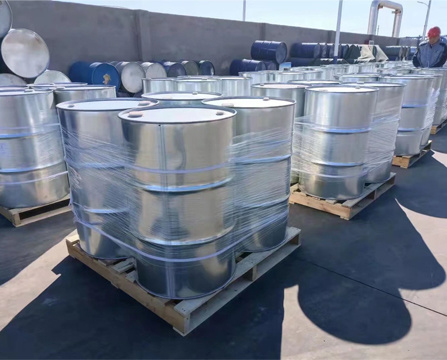What problems should be paid attention to in the storage of chemical reagents
Time:
2024-05-13
Chemical reagents are indispensable items in scientific research and laboratory work, and their storage management is directly related to the safety of the laboratory and the accuracy of the experimental results. Therefore, it is important to understand the storage requirements and precautions of chemical reagents. This article will introduce in detail the problems that need to be paid attention to during the storage of chemical reagents to ensure the safety and smooth progress of laboratory work.
Storage Environment Requirements
1. Temperature and humidity control: the storage environment of chemical reagents should maintain appropriate temperature and humidity to avoid the influence of too high or too low temperature and humidity on the reagent. Generally speaking, the reagent should be stored in an environment with a temperature of 5-30°C and a relative humidity of not more than 70%.
2. Light conditions: avoid direct sunlight to ensure the quality and stability of the reagent. Therefore, reagents should be stored in a cool place, using blackout curtains or shading facilities if necessary.
3. Ventilation conditions: Good ventilation conditions help to emit harmful gases that may be generated to ensure the safety of the storage environment.
Classified storage of chemical reagents
1. Flammable and explosive reagents: Flammable and explosive reagents should be stored away from fire sources, well-ventilated places, and equipped with corresponding fire fighting equipment.
Corrosive reagents: Corrosive reagents should be stored in a corrosion-resistant cabinet to avoid contact with other reagents to prevent corrosion of other items.
3. Toxic reagents: toxic reagents should be stored in a special poison cabinet, strictly in accordance with the poison management system.
4. Precious and precision reagents: Precious and precision reagents should be stored in a dry, dark place, and designated personnel management.
Key words:
Ketones
Alcohols





